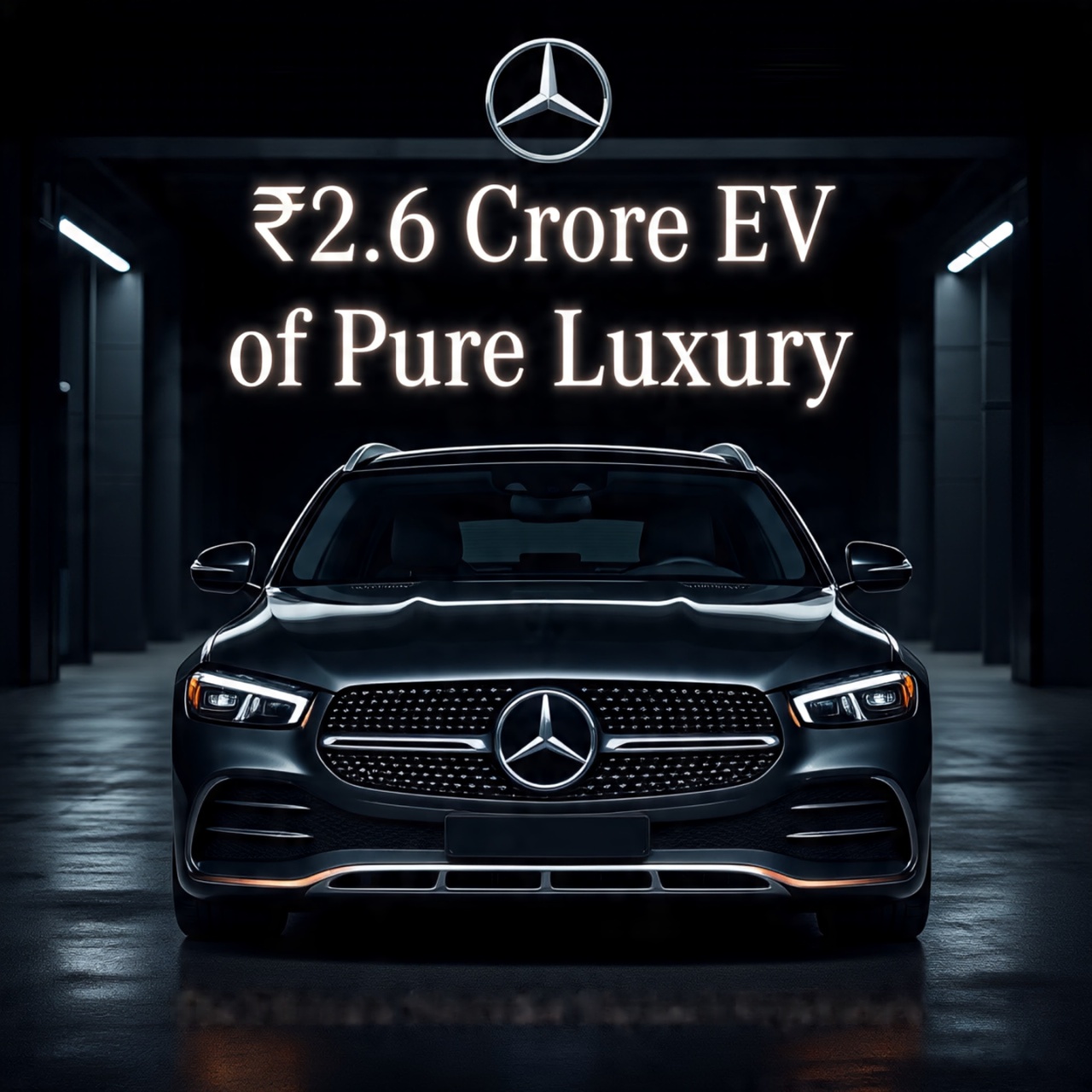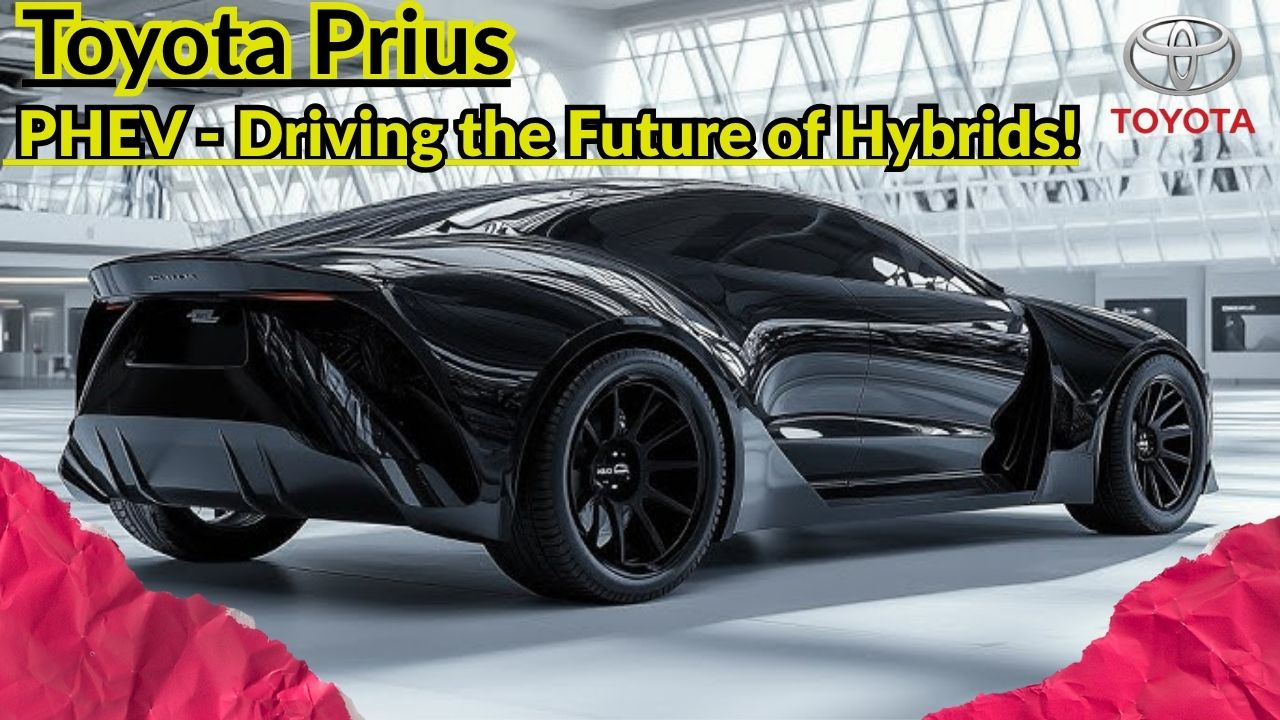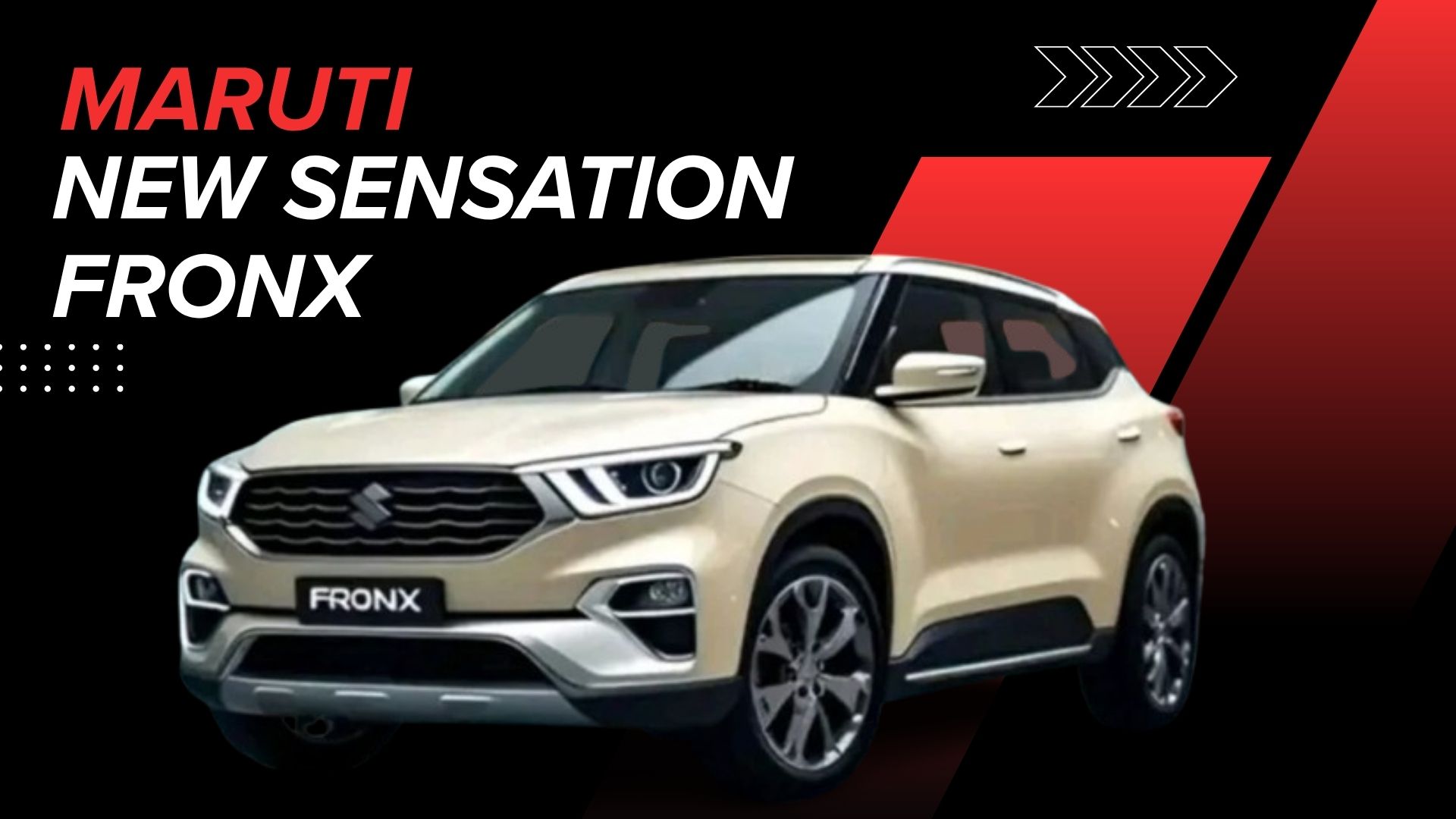Hyundai Santa Fe Review: Style and Substance
The all-new Hyundai Santa Fe has taken a bold design direction, combining rugged SUV styling with premium interiors and hybrid efficiency. While Hyundai has confirmed that the Santa Fe is not planned for the Indian market, its global debut and hybrid credentials make it a compelling SUV that could have enhanced Hyundai’s Indian lineup.
With models like the Ioniq 5 and Tucson gaining traction among Indian consumers, some might question whether Hyundai’s decision to skip the Santa Fe could be a missed opportunity. The latest version brings an entirely new design philosophy, upscale materials, and hybrid technology that align well with current market trends.
Short Summary Table
Category |
Details |
|---|---|
Model |
Hyundai Santa Fe (5th Generation) |
Engine |
1.6-litre turbo-petrol hybrid |
Power |
180 hp, 265 Nm torque |
Drivetrain |
Front-Wheel Drive (Hybrid system) |
Transmission |
Automatic |
Seating |
Two-row or optional three-row layout |
0–100 km/h |
Approx. 9.5 seconds |
Key Features |
H-pattern LED headlights, premium interior, dual screens, hybrid assist |
Status in India |
Not planned for launch |
Global Recognition |
Noted for design innovation and comfort |
Official Source |
Exterior Design: Rugged Yet Refined
The 2025 Santa Fe is not just an update it’s a reinvention. The design team seems to have started with a blank slate, creating a vehicle that is more boxy, purposeful, and outdoors-oriented than its predecessors.
At the front, the Santa Fe’s H-pattern LED headlights resemble Hyundai’s compact SUV, the Exter, but are scaled up to match its bold stance. The almost block-like nose, flat bonnet, and squared-off body panels give it a commanding presence. Functional design also plays a role; the active front vents improve aerodynamics, helping the SUV achieve a drag coefficient of just 0.29, impressive for its size.
From the side, several elements evoke the Land Rover Defender, especially the blacked-out pillars and the floating roof finished in body color. A particularly clever detail is the hidden step integrated into the rear pillar, which helps users clean the roof or access roof-mounted gear.
However, the rear design divides opinion. The oversized logo and simple, boxy tailgate treatment create a van-like look. From a distance it appears neat, but up close, the design might seem overly plain compared to the stylish front end.
Interior: Comfort and Craftsmanship
Inside, the new Santa Fe focuses on comfort, practicality, and visual appeal. Most global versions offer three rows of seating, though the tested 1.6 Hybrid variant featured a two-row configuration. The cabin feels long and spacious, though not excessively wide, prioritizing legroom and storage versatility.
The dashboard and steering wheel design appear inspired by Land Rover interiors, blending horizontal layers with metallic accents. The steering itself even looks similar to what one might find in a Range Rover, reinforcing the premium impression.
Build quality is excellent, with soft-touch materials across key surfaces. The central console is tall, housing twin wireless charging pads, and features multiple storage spaces both above and below. A curved dual-screen layout integrates the digital instrument cluster and infotainment system seamlessly, angled perfectly toward the driver.
The driver’s seat is highly adjustable, offering a commanding view of the road. The second row provides theatre-style seating, giving passengers a better outside view and good thigh support. While the bench could have been slightly longer, comfort remains impressive. The boot opening is wide, making loading luggage or large items convenient.
Driving Experience and Performance
The Hyundai Santa Fe Hybrid is tuned more for comfort and refinement than speed or sportiness. The 1.6-litre turbocharged petrol engine pairs with an electric motor to produce around 180 hp and 265 Nm of torque. Power is sent to the front wheels through an automatic transmission.
At low speeds, the hybrid’s electric assist delivers smooth and effortless starts, ideal for city traffic. The transition between electric and petrol power is seamless, and the overall drive is relaxed. Acceleration is moderate, with a 0–100 km/h time of 9.5 seconds, indicating that performance is adequate but not aggressive.
Pushing the engine hard reveals its limitations. While the turbocharger boosts power delivery initially, sustained acceleration feels flat, and the engine becomes audibly strained. Nevertheless, gear changes are smooth and unobtrusive, reinforcing the SUV’s calm driving character.
The suspension setup prioritizes comfort, absorbing bumps and rough roads effectively at low and medium speeds. The soft tuning gives the Santa Fe a supple ride, although at higher speeds it exhibits some vertical movement over undulating surfaces. Sharp bumps are felt but not harsh.
Cornering is not its strong suit the tall stance, long wheelbase, and relatively narrow track make it less eager to change direction quickly. Instead, the Santa Fe is happiest as a relaxed cruiser, ideal for long journeys.
Verdict: A Missed Opportunity for India?
The Santa Fe Hybrid seems like a well-rounded SUV for markets seeking premium comfort, hybrid efficiency, and distinctive design. In India, it could have served as an appealing alternative to larger diesel SUVs such as the Toyota Fortuner or MG Gloster, especially for buyers wanting a smooth hybrid instead of a diesel engine.
Its combination of luxurious cabin quality, advanced features, and fuel-efficient hybrid technology makes it a sophisticated global product. However, with pricing in international markets approaching Rs 50 lakh (estimated, if imported), Hyundai may have felt the Indian market was not ready to support such a high-priced offering from a mainstream brand.
Given the success of the Ioniq 5 EV and the growing acceptance of premium Hyundais like the Tucson, there is still potential for the Santa Fe to find a niche among Indian buyers who value comfort, technology, and unique design over brand perception.
Frequently Asked Questions (FAQs)
Q1. Will the Hyundai Santa Fe Hybrid launch in India?
Currently, Hyundai has no plans to introduce the Santa Fe in India due to its premium pricing and limited target audience.
Q2. What engine powers the new Santa Fe?
The latest Santa Fe Hybrid combines a 1.6-litre turbocharged petrol engine with an electric motor, producing around 180 hp and 265 Nm.
Q3. How many seats does the Santa Fe offer?
Globally, it is available in both two-row and three-row configurations, accommodating up to seven passengers.
Q4. Is the Santa Fe a performance-oriented SUV?
No. It focuses on comfort, refinement, and fuel efficiency rather than outright speed or handling performance.
Q5. What are the standout features inside the cabin?
Highlights include a dual-screen dashboard, wireless charging pads, premium materials, adjustable seating, and multiple storage areas.
For More Information Click HERE


















